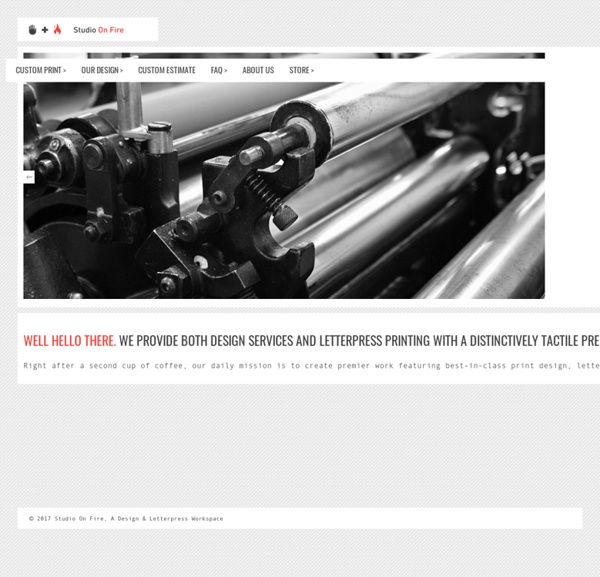



El Serif de Chocolate | La tipografía a diferencia del chocolate no engorda, ¿o sí? The Bieler Press Tarifas Impresión Giclée. Precios Online Impresiones Fineart » GraficArtprints, Impresión fine art giclée Calculadora Para obtener el coste de impresión indica el tamaño, papel y número de ejemplares en la casilla correspondiente. Si tienes dudas solicítanos presupuesto desde el formulario de contacto. Pruebas de Color Primera prueba: GRATUITA Pruebas adicionales: -50% sobre tarifa Descuentos Se aplicarán los siguientes descuentos para impresiones sucesivas del mismo original/tamaño/papel.De 2 a 5 -15%De 6 a 10 -20%Más de 11 -25% Otros Servicios Corrección de colorLimpieza por ordenadorEliminación de firmaRetoques complejosMontaje de lienzo en bastidorEscaner y digitalización (solicitar presupuesto) Gastos de Envío Gratuitos para envíos nacionales (excepto Ceuta, Melilla y Canarias) en encargos superiores a 200,00 € (sin IVA) Todos nuestros envíos en territorio nacional los relalizamos en servicio courier 24 horas (48 horas lugares remotos). No enviamos a Ceuta, Melilla ni Islas Canarias.
Interview with Animatipia Interview with María Dolores from Animatipia When did you start letterpress printing?: What do you like best about letterpress printing?: Job composition with metal type, using nice types and trying to catch the old charming of classical typesetting. What inspires you? Classical typography works and whatever is in printed form (books, posters, ads, etc). Which press(es), ink & paper do you usually use? We have several presses in our studio. How would you describe your artwork? Evolutionary from the classical roots. What kind of products do you create? Posters, gift cards, notebooks and "caprichos tipográficos" (small pieces of printed paper that could be named in English "Typographic whim"). Do you offer custom work? Where can we buy your products? We don't have a standard ecommerce shop. Do you offer workshops? We expect to start workshops and other activities this year (2014). Is there anything you wished you had known as a beginner? When you used old used metal type, each job is an adventure.
Fine Press Book Association Letterpress printing The general form of letterpress printing with a platen press, showing the relationship between the forme (the type), the pressure, the ink, and the paper A printer inspecting a large forme of type on a cylinder press. Each of the islands of text represents a single page, the darker blocks are images. The whole bed of type is printed on a single sheet of paper, which is then folded and cut to form many individual pages of a book. Letterpress printing is a technique of relief printing using a printing press, a process by which many copies are produced by repeated direct impression of an inked, raised surface against sheets or a continuous roll of paper.[1] A worker composes and locks movable type into the "bed" or "chase" of a press, inks it, and presses paper against it to transfer the ink from the type which creates an impression on the paper. History[edit] Printer operating a Gutenberg-style screw press Industrialization[edit] Rotary presses were used for high-speed work. Canada[edit]
Early Rollers, Composition Rollers and Rubber Rollers - British Letterpress Printers’ rollers have occupied the greatest printing minds since the early 1800s. While the rotary letterpress machine should have improved production speeds, their potential was held back by the lack of rollers: just how could ink be transferred to the forme with speed and consistency? This article looks at early rollers, composition rollers and rubber rollers. Early Rollers When using the original hand presses, printers used ink balls. With the introduction of the rotary press, printers simply modified their existing technology and built wooden rollers with a sheepskin cover filled with horsehair. Composition Rollers In 1818, Robert Harrild developed the first ‘composition roller’, made of glue (from calfskins) and treacle — his development was based on the process used by the Staffordshire Potteries to add patterns to pottery. Making Composition Rollers Using Composition Rollers Composition Rollers Advantages and Disadvantages
Главная — Мастерская высокой печати Funky Press